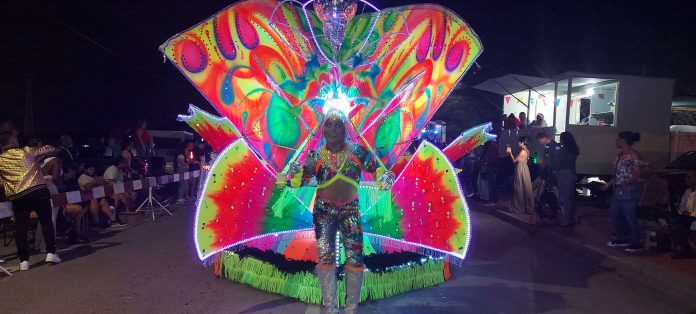(Oranjestad)—Tonight at 8:00 pm, Aruba will once again come together and enjoy this year’s edition of Lighting Parade in the down town area. Starting from the Avenida Millo Croes street, working its way up to the Renaissance Market Place, the Lighting Parade includes colorful lights, carnival music and of course, the carnival spirit!
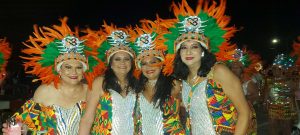
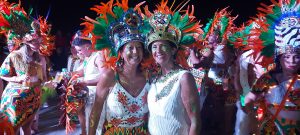
Brief history of the Aruban carnival
In the 1920’s the first carnival events were organized by social clubs that started private costume and masquerade parties. The first grand parade took place in 1955, and this year’s carnival celebration is an especially big one, as it marks the 70th anniversary of carnival here on the island. For the islanders it is a way to express their creativity and break away from the daily buzz of life. Dancing to the rhythm of local soca music while enjoying the ambiance of the public are some of the ingredients of this festival. Oranjestad and San Nicolas are the stages for this display of unique designed costumes, amazing ambience and upbeat, local music. The festival is for everybody accessible and safe to visit.
Since we are reaching the end of the carnival season, these last few upcoming parades are especially important—and are most favored by locals. One of them includes the Jouvert Morning Parade, a unique parade in the carnival season, as it only includes the participation of locals, dancing and singing behind a huge truck playing Soca music. Jouvert Morning took place early this morning around 3am till sun rise.
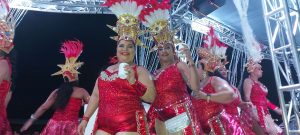
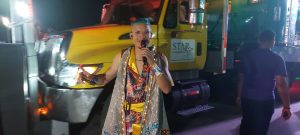
If you missed it, don’t worry; tonight there will be another parade to enjoy from: the Lighting Parade in Oranjestad (down town). This year’s line-up at the Lighting Parade includes nine Carnaval groups—TOB, Infinity, Royal, Empire, Champagne, Dushi, Los Laga Bai, OPC and Colours—all accompanied by parade walkers adorned in their beautiful, themed costumes, dancing to the sound of live Soca music.
Behind the screens there is an enormous organization that makes sure that this festival runs smoothly. The police, inspection department, Red Cross volunteers, garbage service and many others work day and night to make sure that carnival is a success. All the trailers are being carefully inspected before they are allowed to participate as well as the vehicles that pull them. The parades will also include a medical emergency stand too. After each parade the streets are being cleaned and road blocks are being taken away so next day normal traffic flow occurs. The several organizations and institutions work together with the official carnival organization SMAC.
So bring a chair, your friends and family, a few drinks and snacks, and be a part of what makes the Aruban culture so vibrant!


